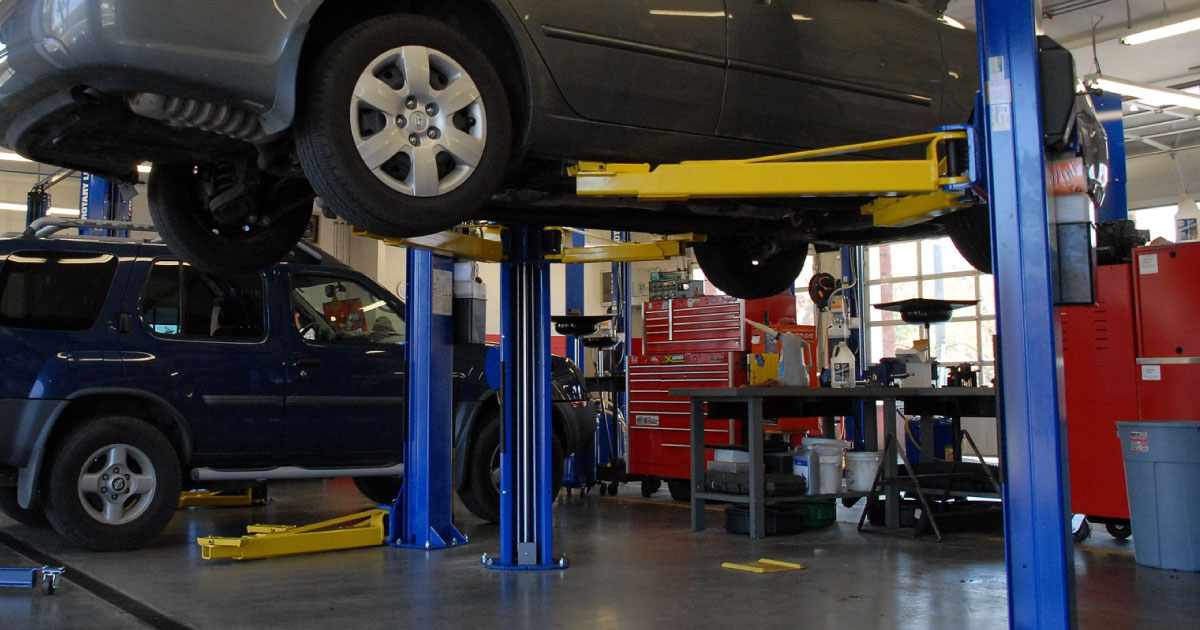How to Get Smart with Your Landscaping Business
Most landscape professionals begin their landscaping career for one reason: they love what they do.
However, as all landscape professionals know – there is more to a successful landscaping business than trimming shrubs and mowing lawns. You must stay on top of your jobs and ever-changing government regulations, while trying to keep up with administrative duties at the same time.
You may have no control over government regulations, but how you choose to manage your business is completely up to you. From job proposals, scheduling, and sending invoices – follow these tips to modernize your business and get a leg up on the competition.
Provide Quick & Accurate Job Estimates
Whether providing simple lawn maintenance or installing a two-tiered porch, customers expect quick and accurate estimates based on their needs. These estimates include material costs, labor costs, and your general business overhead (like gas and office expenses). Accurate estimates need to cover the full cost of the job, while still leaving enough to pay yourself and your crew.
To meet these expectations, it is important to find software that can quickly calculate the right amount of time and resources needed for a job. Providing estimates is not exactly an art… it is a science that should not be left to chance by human error. Software applications, like the payup℠ app, allow you to be the first to respond to new landscaping requests with quick and accurate estimates.
Schedule Jobs & Dispatch the Right Team Members
Early on in your landscaping business, it is easy to manage jobs and know where you and your crew need to be each day of the week. That will not be the case, however, as new jobs come in and your team of landscape professionals continues to grow.
Instead of struggling to keep up with new job requests and managing your team, invest in a system that tracks jobs, scheduling, and team member locations for you. Once the application has the data, it can create dispatch schedules for you. Simply view weekly or daily schedules in the app to know exactly what is happening with your business while on-the-go.
Find & Keep Good Employees
While technology improves the efficiency of your work, there is no such thing as quality work without the right team members in place. Landscaping professionals are hard to come by and can be even harder to keep. Make sure to cover these areas with any new hire or addition to your landscaping team:
- Recruit everywhere. Landscaping may be a traditional service industry but using traditional recruiting tools like flyers and newspaper ads is no longer enough. In addition to those methods, post to online recruiting sites like GlassDoor and Monster.com. To increase your chances of finding the best talent, post year-round.
- Incentivize the team. Landscaping is tough work. From quarterly bonuses and healthcare to proper weather and safety gear, give employees a reason to stick around. Monetary incentives are great (like holiday bonuses or an employee referral bonus), but employees also appreciate the free stuff – such as simply showing you care.
Frequent breaks and free water when it is hot, as well as proper weather gear when it is cold goes a long way. Also make employees feel educated and covered when it comes to the latest government regulations. In the landscaping industry, keeping them safe includes both physical and legal requirements.
- Honor their personal time. Many landscape professionals are ready and willing to work their 40 hours a week. As a landscape business owner, you likely work much more than that. Keep in mind that your hours are not their hours. When off the job, make an effort to honor their personal time. Do not contact them after hours unless in an emergency.
Want to go the extra mile? Consider implementing a Paid-Time-Off policy that includes holidays, birthdays, and a bank of illness and vacation days. Start conservative and allow employees to earn these perks over time, as they prove their quality and dependability.
Send Invoices & Get Paid Quickly
An accurate and timely invoice is the last piece of the puzzle once a landscaping job is complete. Just as quick and accurate estimates allow you to secure jobs, providing quality invoices will allow you to keep jobs and build repeat customers.
The days of traditional paper invoices and money order or check payments are fading. In fact, the number of check payments decreased by $26.3 trillion from 2012 to 2015.
With apps like payup℠, you can create and send lawn care and landscape maintenance invoices within minutes. Customers can view and pay the invoice via credit card directly from their phone or laptop, so you get paid quickly on or off-site. This allows customers to complete the full process – from viewing and accepting the estimate to paying an invoice – on one modern, easy-to-use application. Not only will they brag and recommend your services to others, but they will likely keep you in mind for their own future landscape and lawn maintenance needs.
Getting smart with your landscaping business means taking steps to modernize the process from start to finish. Customers and employees alike will appreciate the effort. Finding a savvy software application to cover these administrative tasks allows you and everyone on your team more time to do what they love: landscaping.







